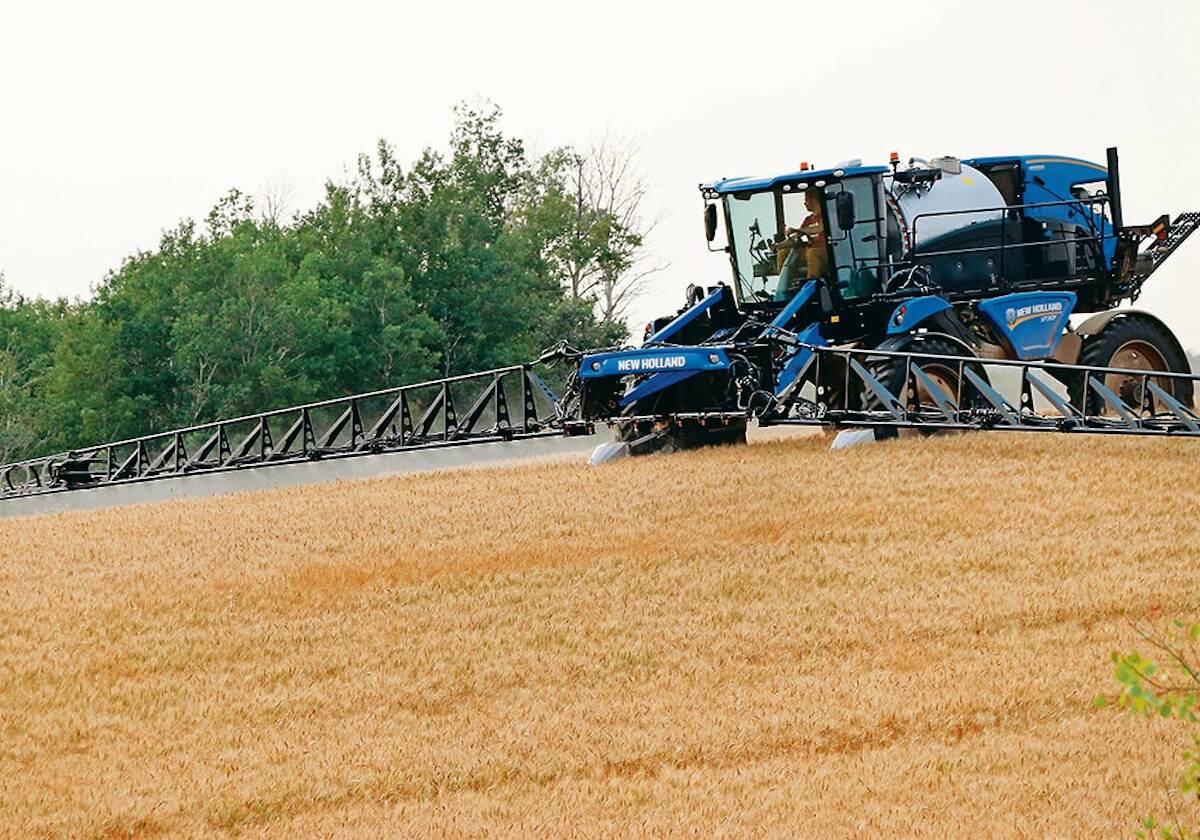It’s not unusual for grownup kids to call ahead before coming home to give the resident cook time to prepare their special requests, usually for the likes of apple pie that fill the house with delicious aromas and the heart with warmth.
But this time, the request was unusual.
“If you’re bored this weekend, could you make me some sort of legume salad?” said the text.
The easy out was to reply, “I’m never bored.” But I was intrigued enough to ask her why, after years of turning her nose up at most things leguminous, was she suddenly seeking them out?
Read Also

Farming still has digital walls to scale
Canadian farms still face the same obstacles to adopting digital agriculture technology, despite the years industry and policy makers have had to break them down.
“Trying to switch back to a plant-based diet, but I suck at cooking and don’t have time…,” came the response.
It turns out she’s been turned off meat by something she saw online. Oh dear.
This nutrition guru is a “real” doctor, she tells me. And he’s independent, as in, he’s referring to science not paid for by meat producers.
She says he says eating animal protein causes inflammation in the body, which leads to a host of poor health outcomes. In a nutshell, a plant-based diet that includes nuts, seeds, and beans is the only way not to die prematurely. Even eggs are out.
Curious, I Googled the guy. She’s right, he’s not paid for by vested agricultural interests. But he is paid by someone: the Humane Society of the United States. While that doesn’t mean he’s wrong, he does appear to interpret the available science somewhat selectively.
Although the meat sector continues to try, (more on that later) it’s getting harder to argue against a plant-based diet. In fact, the recently released Summary of Guiding Principles and Recommendations the federal government will use to rewrite Canada’s Food Guide encourages “regular intake of vegetables, fruit, whole grains and protein-rich foods, especially plant-based sources of protein.”
It goes on to say eaters should include “foods that contain mostly unsaturated fat, instead of foods that contain mostly saturated fat.”
The word “meat” is absent, but by inference, people who choose to eat meat should be choosing to eat a lot less of it. That’s a big change for a culture that answers “what’s for dinner,” by naming a meat dish.
There are famous — and healthy — vegetarian role models, too. Take, for example, the Grand Slam queens Serena and Vanessa Williams in the world of tennis, who consume raw vegan diets during tennis season.
Pulse crop farmers will be delighted with this trend, livestock and dairy producers, not so much. Either way, consumers are still supporting farmers.
That brings us to another delicate question: should the welfare of farmers be a criteria for setting nutritional recommendations?
Again, the federal food policy consultations has already attracted more than 20,000 responses, only some of which will have come from farm groups.
Obviously, having a healthy agricultural sector is important to Canada.
But no one in agriculture should be surprised — or feel victimized — that as times change, so do people’s tastes and nutritional needs. We eat differently than my parents’ generation, who eats differently than their parents.
For starters, those of us with desk jobs need a lot fewer calories to get through our days than our grandparents, or even our parents did.
So how does agriculture respond to these changing times?
The meat industry has focused its efforts at high-efficiency production aimed at keeping the cost of meat affordable. Meanwhile, the market it serves is becoming more diverse, less predictable and more concerned with ethics.
Newspaper inserts and campaigns designed to discredit the “eat less” or “go meatless” campaigns come across as shrill, defensive and self-serving, especially if one of the sources they target are government-sanctioned guidelines.
Perhaps a better strategy is to position what they produce as a specialty food with nutritional benefits that complement, rather than conflict, with other recommendations. Plus, livestock are an important nutrient recycler in agriculture.
Farmers should also pressure governments to ensure consumers are making the right choices — for the right reasons.
For example, I read another article recommending people shun meat that tells readers red meat is toxic because the animals were fed grain that was doused with cancer-causing glyphosate. Where do you start with that one?
While efforts such as Ag in the Classroom try to communicate about agriculture and food, it shouldn’t be up to industry volunteers to teach Canadian students about food.
A healthy food policy is one that commits to ensuring every child in this country, not only has enough to eat, but understands the basics of food production.


















